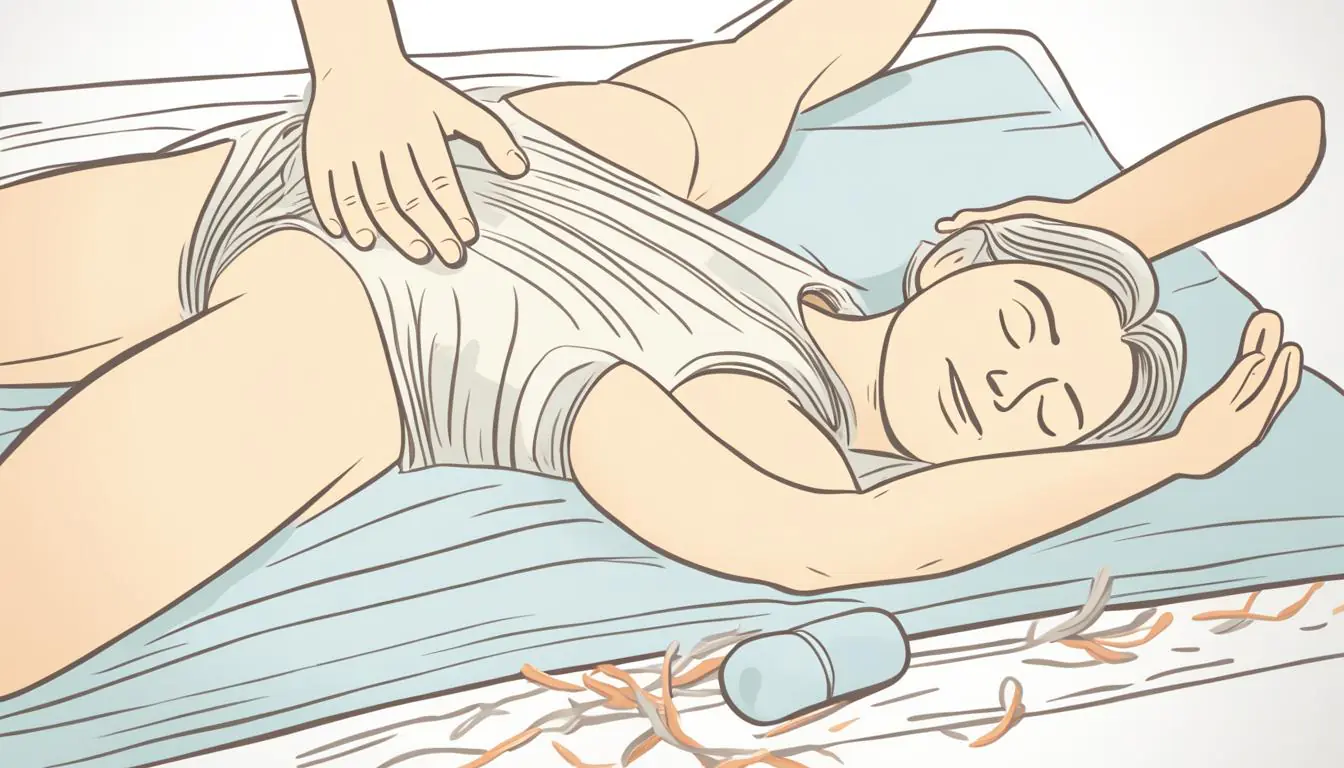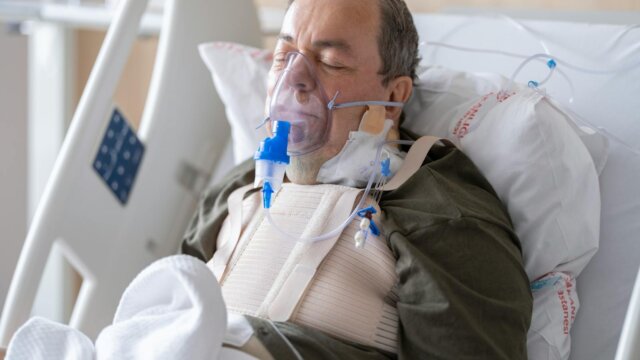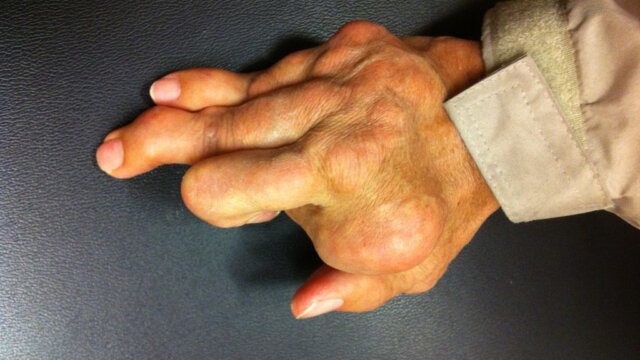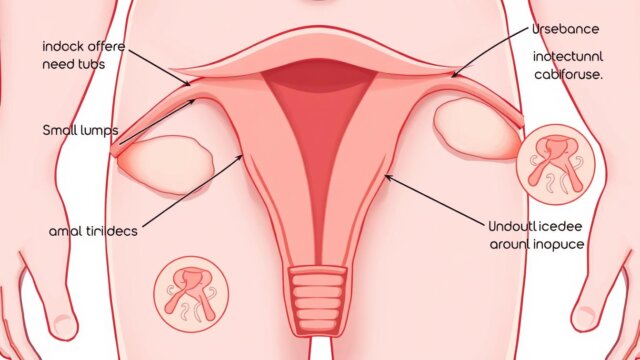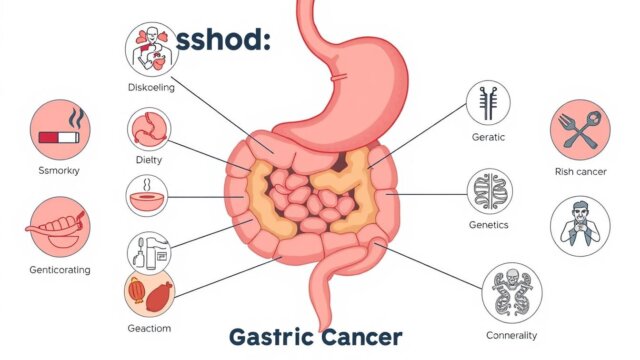FTC disclaimer: This post may contains affiliate links and we will be compensated if you click on a link and make a purchase.
Muscle spasms can last up to 15 minutes, but they usually don’t last long. These sudden muscle twitches can be really painful. Over 80% of these spasms happen in the legs. Luckily, you can ease the pain with Shiatsu, an ancient Japanese practice. This article will show you how to do Shiatsu at home for relief.
Key Takeaways
- Shiatsu is a form of Japanese bodywork that uses finger pressure on specific points to promote healing and relaxation
- Applying pressure to acupressure points can naturally relieve pain, reduce stress, and improve overall well-being
- Shiatsu differs from other massage techniques by focusing on energy circulation and pressure points rather than muscles
- Women are recommended to drink 11-16 glasses of water daily, while men should consume 15.5-20 glasses
- Shiatsu has deep roots in early 20th-century Japan and evolved from the traditional Japanese massage technique Anma
What is Shiatsu?
Shiatsu: A Traditional Japanese Bodywork
Shiatsu started in the early 1900s in Japan. It comes from traditional Chinese medicine. This method believes in “qi,” a vital energy that moves through the body. Practitioners use fingers to press on certain spots to help the qi flow better and heal.
The Origins and Philosophy of Shiatsu
Shiatsu sees the body, mind, and spirit as connected. It’s all about balance and harmony. This therapy comes from ancient Chinese medicine, used for thousands of years. Practitioners press on body points to fix qi flow, lessen stress, and help with physical and emotional issues.
“Shiatsu is a holistic therapy that aims to treat the whole person, not just the presenting symptoms.”
Shiatsu began in the early 1900s as a mix of traditional Chinese medicine and Japanese culture. Now, it’s popular worldwide for its natural way to improve health.
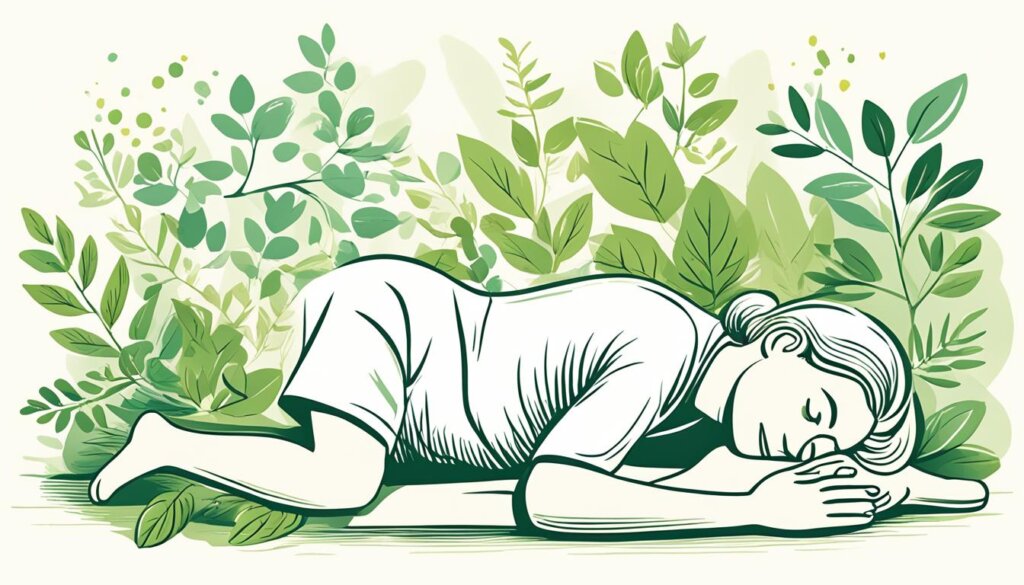
The Benefits of Shiatsu Massage
Shiatsu massage is great for your body and mind. It’s an old Japanese way to use gentle pressure on certain points. This helps you relax, ease pain, and balance your energy.
Stress Relief through Shiatsu
Shiatsu massage is great for reducing stress and making you feel calm. It works by easing muscle tension. This helps your body relax.
This can make your mind and feelings better. It can lessen anxiety and stress.
Pain Management with Shiatsu Techniques
Shiatsu massage is good for easing pain like headaches and sore muscles. It helps your body heal naturally. This can lessen swelling, boost blood flow, and ease pain.
Regular sessions can make you more flexible and improve how well you move. It does this by easing muscle and joint tightness.
Shiatsu also boosts your immune system by lowering stress and helping your body heal better. It balances your energy, making you feel well overall.
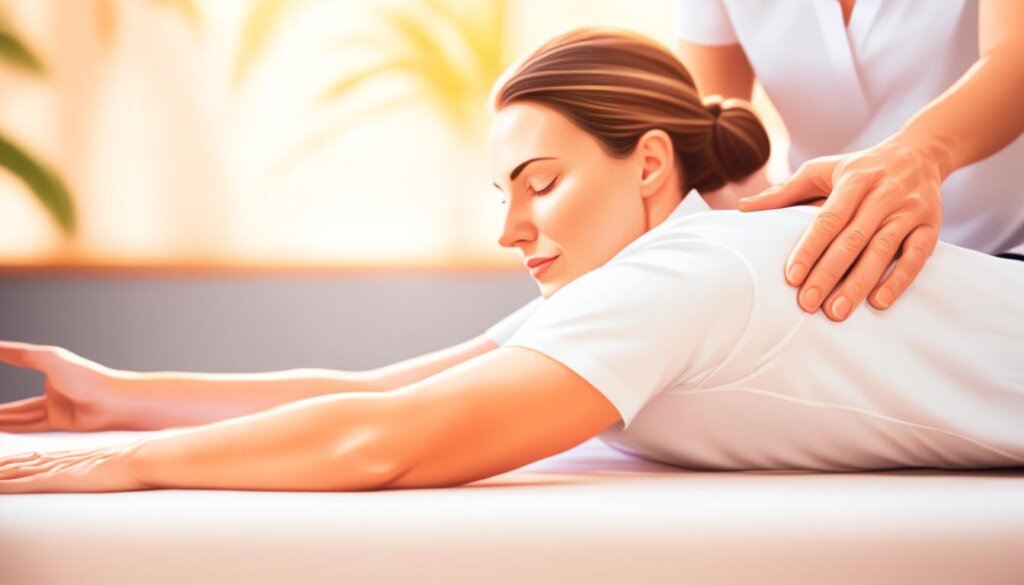
“Shiatsu massage is a powerful tool for achieving natural stress relief and pain management. By targeting specific acupressure points, it can help to restore balance and promote overall well-being.”
Benefit | Description |
|---|---|
Stress Relief | Shiatsu massage helps to release muscle tension and promote relaxation, calming the mind and reducing feelings of anxiety and stress. |
Pain Management | By stimulating the body’s natural healing processes, shiatsu can help reduce inflammation, improve circulation, and provide relief for various types of pain, including headaches, neck and shoulder pain, and muscle soreness. |
Improved Flexibility and Mobility | Regular shiatsu sessions can release tension and tightness in the muscles and joints, improving flexibility, mobility, and overall physical performance. |
Enhanced Immune Function | Shiatsu massage has been shown to support the immune system by reducing stress, promoting relaxation, and enhancing the body’s natural healing mechanisms. |
Balanced Energy Flow | Shiatsu massage helps to harmonize the flow of Qi (life force energy) throughout the body, restoring balance and promoting overall well-being. |
Acupressure Massage Techniques
Acupressure is a key part of shiatsu. It uses finger pressure on body points to move qi, or life energy. This therapy uses thumbs, fingers, and palms for gentle yet firm pressure. Practitioners use different methods like kneading and stroking to help with health issues.
Finger Pressure Therapy Basics
Acupressure comes from Asian bodywork and traditional Chinese medicine (TCM). It believes in acupoints along paths that help move qi, linking organs and keeping balance. Practitioners press on these points with fingers, palms, elbows, or feet. A typical session lasts an hour, and many are needed for best results.
Acupressure balances yin and yang energies for overall health. It focuses on points like LI 4, LR-3, and SP-6. Studies are ongoing, but people say it helps with nausea, pain, and more.
Be careful with acupressure, especially if you have cancer, arthritis, or heart issues. Always talk to a doctor before trying it to stay safe.
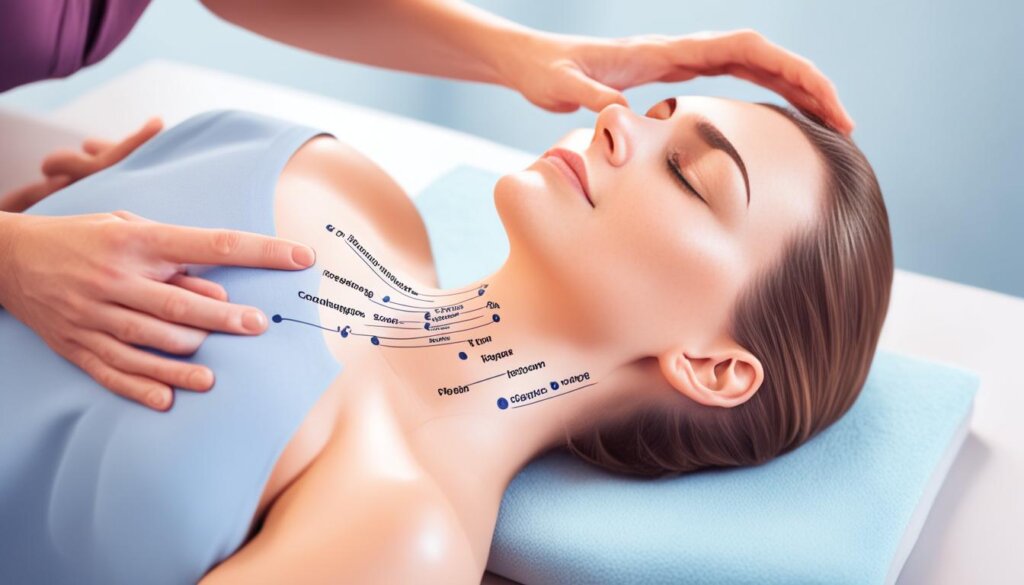
Acupressure Technique | Description |
|---|---|
Thumb Press | Applying firm pressure with the thumb to specific acupoints |
Finger Press | Using the fingertips to apply focused pressure to acupoints |
Palm Press | Utilizing the palm to apply broad, gentle pressure to larger areas |
Kneading | Manipulating the soft tissues with a circular, kneading motion |
Stroking | Applying long, smooth strokes along the body’s energy meridians |
“Acupressure is a natural way to reduce stress, relieve pain, and promote overall well-being by harnessing the body’s own healing abilities.”
Natural Pain Relief Methods
Shiatsu and acupressure are traditional Japanese bodywork methods. But there are more ways to ease pain naturally. Essential oils, herbal remedies, and practices like meditation and yoga can help. Together, they can fix the real causes of pain and boost your health and balance.
Essential oils like lavender, peppermint, and frankincense have been used for ages to ease pain. When you use them on your skin or breathe them in, they can lessen inflammation, relax muscles, and help with pain.
Herbal remedies, like aloe vera, are also good for pain relief. Aloe vera is full of nutrients like calcium, chromium, copper, iron, magnesium, manganese, potassium, selenium, and zinc. Putting aloe vera gel on sore muscles and joints can help because it reduces inflammation and eases pain.
Meditation and yoga are great for handling pain too. They cut down stress, make you feel better, and improve your overall well-being. This can really change how you feel pain.
Using different natural ways to ease pain can help you deal with pain better. This leads to a more complete and effective way to take care of your health and wellness.
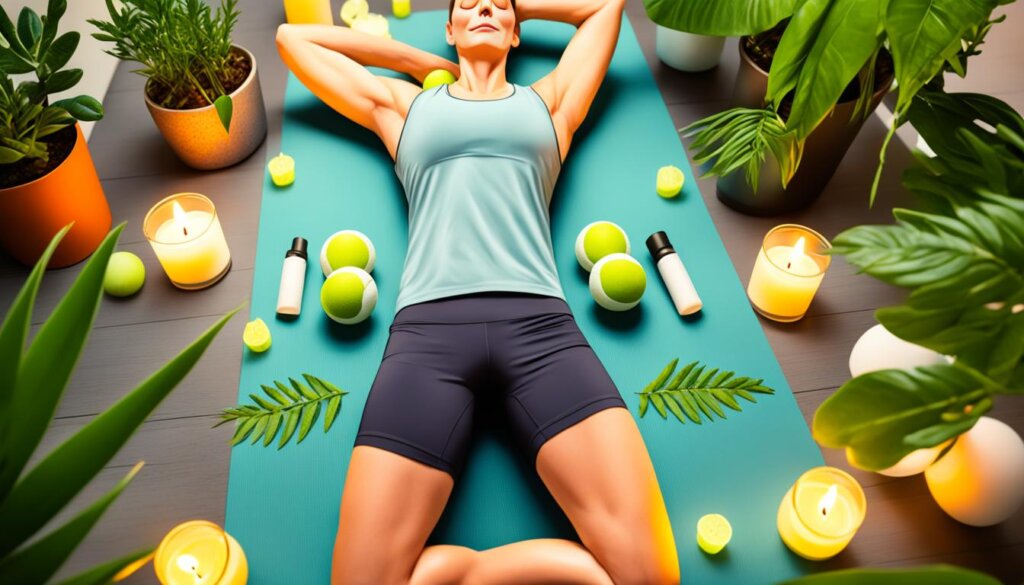
Shiatsu for Headaches and Migraines
Shiatsu is a traditional Japanese bodywork that helps with headaches and migraines. It uses special points on the body to ease pain and improve energy flow.
Acupressure Points for Tension Headaches
The “Joining Valley” is a key spot for tension headaches, found between the thumb and index finger. Pressing it for 2 to 3 minutes can help. The “Middle Island” between the ring and little fingers also works well for headaches.
Another spot is the “Shoulder Well” at the neck’s base. It can ease tension headaches.
Shiatsu relaxes muscles and boosts blood flow, helping with headaches and migraines. Acupressure and acupuncture may ease migraines for some. Auricular acupuncture, focusing on ear points, can lessen migraine attacks.
Always talk to healthcare providers before trying shiatsu or acupressure for headaches. Using shiatsu with other treatments can help manage headaches and migraines well.
“Acupuncture can cause significant neurochemical changes in the body by releasing dopamine and endorphins, which can help with pain management.”
Home Remedies for Shiatsu
You don’t need to see a professional shiatsu expert to enjoy its benefits. You can do many shiatsu techniques at home with simple tools and items you have. Try using your fingers on certain points or do self-massage to ease pain, lower stress, and boost well-being.
Naoko Vold has been practicing Shiatsu Massage for over 50 years, helping people from all walks of life. This method uses thumbs and palms on special points called “Tsubo” to help muscles and improve movement. Naoko Vold shares three lessons for doing Shiatsu at home, focusing on easing tension in the upper shoulder, back, neck, lower back, and hips. She even uses a vibrating machine, Jeanie Rub Massager.
Naoko Vold teaches courses to help people learn Shiatsu for home and work, aiming to boost energy and productivity. She stresses the importance of living healthily with Shiatsu, focusing on easing tension, self-Shiatsu, and making it part of daily life.
Home remedies and natural cures can also boost your immune system. A salt water gargle can soothe sore throats, fight strep throat, and help with tonsillitis. You can make a drink with lemon, ginger, honey, and cayenne pepper for coughs and colds.
Using salt water in your nose can help with sinus infections, colds, allergies, and hay fever. Vitamin C is key for a strong immune system. Apple Cider Vinegar (ACV) can ease tummy troubles and diarrhea. Some prefer organic Apple Cider Vinegar for its health perks. Adding prebiotics and probiotics after using ACV can restore gut health.
Shiatsu Pressure Points
Shiatsu is a type of Japanese bodywork. It focuses on certain acupressure points along the body’s meridians. These points help balance the flow of qi (life energy) and aid in healing. By finding and pressing these points, you can help with many health issues, like headaches and muscle tension.
Locating and Stimulating Key Acupoints
Acupuncture and acupressure use specific points on the body for healing. Acupressure doesn’t use needles and can be done at home for stress relief. Experts can create a plan for you based on your health needs, focusing on certain points.
To use acupressure at home, press certain points like between the eyebrows or the neck and shoulder. Press gently but firmly on these spots. Hold each spot for 30 seconds to three minutes for best results. You can do this several times a day for stress relief. But, it’s best to talk to a professional for advice, especially if you’re pregnant.
Pressure Point | Location | Benefits |
|---|---|---|
Lung Meridian (LU) | Hand and Wrist | Has 11 pressure points, with 5 located in the hand and wrist. |
Heart Meridian | Chest | Contains a total of 9 pressure points, with the main point being the seventh. |
Nei Guan (Pericardium 6) | Wrist | Located roughly an inch down the wrist. |
He Gu (Large Intestine 4) | Hand | Situated between the first finger and the thumb. |
Finger Tips | Fingers | There are 10 pressure points at the tips of each finger. |
Acupressure can help with mild to moderate depression and anxiety. It can offer quick relief for anxiety from health issues. But, there’s not much research on it for anxiety. The studies done are small and focus on using it before stressful events or medical procedures. Still, it might help with anxiety and could be used with other stress-reducing methods or treatments.
Self-Massage Guidelines
Self-massage can help you relax, reduce stress, and ease physical pain. By following simple steps, you can make sure your self-massage is safe and works well.
Start by finding the right pressure. Try different pressures to see what feels best for you. Always breathe deeply and stop if it hurts.
Then, find the right spots to press. Many online guides show you how to find and press key points. These points can help with headaches, neck pain, and more.
Add deep breathing and relaxation to your massage. Breathe slowly and let go of tension as you massage.
Massage these points often, like once or twice a day, for the best results.
Use tools like lacrosse balls and foam rollers to help with massage. They cost from $5 to $200 and make it easier to massage certain areas.
If you have ongoing or severe pain, see a professional. A massage therapist or chiropractor can give you personalized help.
By using these tips, you can enjoy the benefits of self-massage. Take charge of your health and well-being.
Holistic Wellness Practices
Shiatsu is a key part of a holistic wellness plan. It looks at the body, mind, and spirit together. Adding shiatsu to your self-care can boost your health and bring balance. You can mix it with meditation, yoga, or herbal remedies for a full wellness plan.
Integrating Shiatsu into Your Routine
Shiatsu comes from Japan and blends traditional healing with modern medicine. In the U.S., it’s a top therapy for many health issues like headaches and stress. Here’s how to add shiatsu to your wellness routine:
- Find local shiatsu experts and book regular sessions for your health needs.
- Try self-shiatsu at home, like before bed or during work breaks.
- Pair shiatsu with meditation to connect your mind and body better.
- Add shiatsu moves to your exercise routine for flexibility and muscle ease.
Adding shiatsu to your wellness plan helps you find balance and feel refreshed.
“Shiatsu is a gentle, non-invasive therapy that can have a profound impact on one’s overall health and well-being. By incorporating it into a holistic self-care routine, individuals can experience the synergistic benefits of multiple wellness practices.”
Traditional Japanese Bodywork
Traditional Japanese bodywork, like shiatsu, has roots in traditional Chinese medicine. It helps balance the body and heal by working on energy paths. Other types include anma and do-in, which focus on self-care and acupressure.
Tokujiro Namikoshi made shiatsu popular in the 1900s and started a shiatsu college in the 1940s. The Japanese Ministry sees shiatsu as a way to fix internal problems and treat diseases with hands.
Shiatsu uses fingers, thumbs, and palms for massages and more. It’s safe, but it can’t stop or cure diseases.
Shiatsu helps with stress, health, and function, and it helps with many conditions. It works for people of all ages and abilities.
Shiatsu is based on Chinese Medicine and Western knowledge. It uses the meridian system and can be gentle or strong. It’s great for those who are sensitive or neurodivergent.
Shiatsu helps with pain, stress, and more, and you keep your clothes on. It’s good for those who don’t like traditional massage for personal reasons.
“Shiatsu encourages the parasympathetic nervous system to predominate, beneficial for trauma survivors and those experiencing overwhelm.”
Practitioners of shiatsu focus on overall wellness, and you stay fully clothed.
DIY Shiatsu Routines
Doing shiatsu at home is easy and can help you feel great. You can learn to use the right pressure and techniques to help your body. This way, you can take care of yourself and improve your health.
Step-by-Step Guides for Self-Treatment
Shiatsu started in Japan in the 1900s, based on ancient Chinese medicine. It became popular in the U.S. in the 1960s and 1970s, thanks to the counterculture movement. Ori Flomin, a therapist and teacher, showed how shiatsu can change how you feel and improve your health. He even taught a workshop during the pandemic to share shiatsu basics for self-care.
Shiatsu works with meridians, or energy channels in the body, to bring balance and harmony. You can do simple shiatsu routines before bed to relax and calm down. The focus is on gentle movements, not force, to help you relax. Different parts of the body get special attention with specific techniques, like gentle hand movements and pressure points.
A 2015 study found that 20-minute shiatsu massages can help with anxiety. Another study showed that shiatsu can ease lower back pain after four sessions. Shiatsu has also been shown to help with pain, improve sleep, and help people with fibromyalgia. Serious side effects from shiatsu are very rare, usually just some tenderness or mild soreness.
After six months of shiatsu, people felt better in many ways, like less tension and stress, and even made lifestyle changes. Shiatsu can help with many health issues, like pain, headaches, and stress. People say it makes them feel relaxed, balanced, and more energetic, but not everyone experiences these benefits. Learning shiatsu takes about 3 years with a professional therapist.
For self-shiatsu, you can try gentle moves on your head, feet, shoulders, and arms. Flomin suggests holding pressure points for a few seconds, up to three times.
Shiatsu for Stress Relief
In today’s fast world, stress and anxiety are common. But, there’s a traditional Japanese bodywork called shiatsu that can help. Shiatsu is helping people deal with stress, especially after COVID-19, by making them feel relaxed.
Shiatsu helps reduce stress and make you feel calm. It works by pressing on special points and helping energy flow. This can make your body and mind feel calm. It can also help with pain, tension, sleep issues, and digestive problems caused by stress.
Many people have seen big improvements in their health from shiatsu. They’ve felt no more pain, felt more stable, and solved problems like nerve pain and eczema.
Shiatsu does more than just help your body. It also makes you feel better mentally and emotionally. Regular sessions can lower stress hormones, help your heart, and increase happy feelings. This can make you sleep better and feel less anxious.
Adding shiatsu to your self-care can really help you. It can make you feel less stressed and more at peace. You can find a shiatsu expert or learn self-massage to use this traditional Japanese practice for stress relief and peace.
Conclusion
Shiatsu is a great way to help with many health issues. It’s a type of traditional Japanese bodywork that you can do at home. It helps with pain, stress, and makes you feel better overall.
Shiatsu lets you try things like acupressure massage and focusing on special points. It helps balance your body, mind, and feelings. It can ease back pain, help your digestion, and boost your immune system. Adding relaxation and making healthy changes can make shiatsu even more effective.
Think about adding shiatsu to your health routine. It’s a natural way to deal with stress, anxiety, pain, and other issues. With effort and caring for yourself, shiatsu can bring big changes to your health and happiness.
FAQ
What is Shiatsu?
Shiatsu is a type of Japanese bodywork. It uses finger pressure on the body to help heal and relax. It’s based on traditional Chinese medicine. It aims to balance and harmonize the body’s energy.
What are the benefits of Shiatsu massage?
Shiatsu massage helps with both physical and mental health. It reduces stress and tension, making you feel calm and relaxed. It’s also good for pain relief, like headaches and muscle soreness.
How does Acupressure work in Shiatsu?
Acupressure is key to Shiatsu. It applies finger pressure on body points to move energy. Practitioners use different techniques to help with health issues.
What are some natural pain relief methods that can be used with Shiatsu?
Besides Shiatsu and acupressure, other natural ways help with pain. These include essential oils, herbal remedies, and practices like meditation and yoga.
How can Shiatsu be effective for relieving headaches and migraines?
Shiatsu is great for headaches and migraines. It targets specific points to help the body’s pain relief and energy flow.
Can I practice Shiatsu at home?
Yes, you can do Shiatsu at home with simple tools. You can use your fingers on acupressure points or try self-massage to ease pain and stress.
How can I locate and stimulate Shiatsu pressure points?
Finding and pressing Shiatsu points is key to Shiatsu. It’s about using acupoints along the body’s energy paths for healing.
What guidelines should I follow when practicing Shiatsu self-massage?
When doing Shiatsu self-massage, follow guidelines for safety and effectiveness. Use the right pressure, find the right points, and breathe deeply to relax.
How can Shiatsu be integrated into a holistic wellness routine?
Shiatsu fits well in a holistic wellness plan. It looks at body, mind, and spirit together. Adding Shiatsu to your routine can improve your overall health and balance.
What other traditional Japanese bodywork practices are similar to Shiatsu?
Besides Shiatsu, there’s Anma for massage and Do-in for self-care exercises. Both use acupressure to help with health.
How can I create an effective DIY Shiatsu routine at home?
Doing Shiatsu at home is easy and helpful. Follow guides to learn how to press and target body areas for health issues.
How can Shiatsu help with stress relief?
Shiatsu is great for stress and relaxation. It works on acupressure points to improve energy flow. This helps calm the body and mind, making it good for stress.
